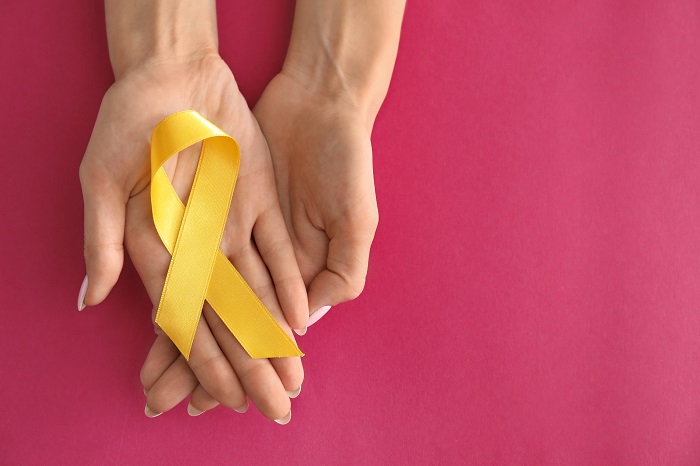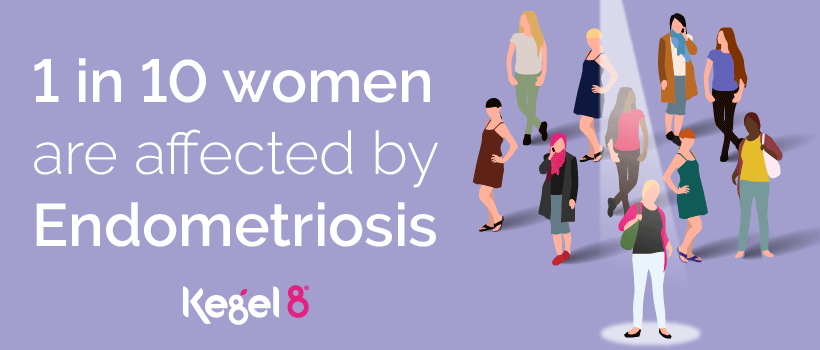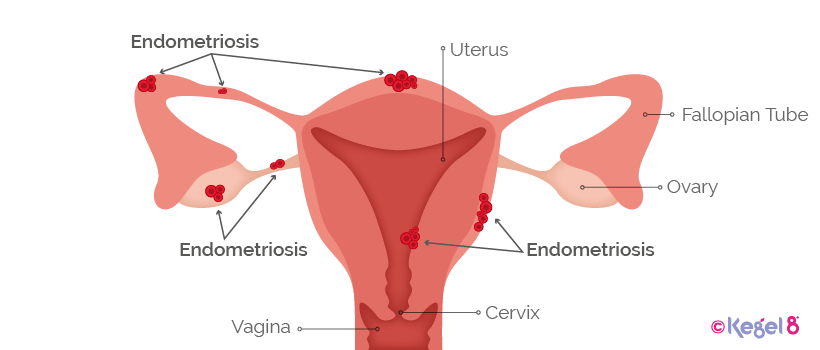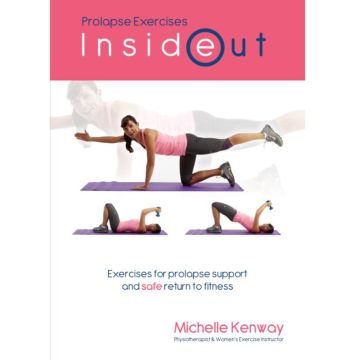
The spotlight on Endometriosis has been gradually increasing, with multiple celebrities speaking out about their experiences with the condition; including Julianne Hough, Whoopi Goldberg, and Lena Dunham. This month Kegel8 are joining the campaign to help raise awareness even further.
Grab your sister, mother, aunt, niece, friends – it’s time to learn all about this condition that affects 1 in 10 women.
What is Endometriosis?
Endometriosis is a condition where tissue that is similar to the lining of the womb begins to grow in other areas, such as your fallopian tubes or ovaries.
Endometriosis is most common in women who are in their 30s and 40s, but it can affect women of any age. Often, it is a long-term condition that can have a severe impact on your health.

What are the Symptoms of Endometriosis?
Endometriosis symptoms can vary from woman to woman. Some are badly affected, while others may not even suffer from symptoms. The main endometriosis symptoms include:
- Pelvic pain (that is normally worse during your period)
- Period pain that prevents you from performing normal activities
- Pain during or after sexual intercourse
- Pain when urinating or passing bowel movements whilst you are on your period
- Experiencing nausea, constipation, diarrhoea, or blood in your urine during your period
- Difficulty getting pregnant
- Heavy periods
- Feelings of depression

What Causes Endometriosis?
The main cause behind endometriosis is unknown. However, there have been a few theories suggested:
- Genetics – Endometriosis tends to run in families, and can affect certain ethnic groups more than others
- Retrograde menstruation – When parts of the womb lining flows up through the fallopian tubes and embeds itself on the pelvic organs, instead of leaving the body as a period
- Immune system issues – Problems within the immune system
- Spreading of endometrium cells – Endometrium cells spreading through the body in either the bloodstream or lymphatic system
What is the Relationship Between Endometriosis and the Pelvic Floor?
Women who suffer from endometriosis may also have issues with their pelvic floor muscles, developing a pelvic floor dysfunction as a result. Women may experience hypersensitive fibres within their pelvic floor muscles and/or tissues - this can lead to more pain.
How to Treat Endometriosis
Currently, there is no cure for endometriosis, but there are some treatments that can help to ease the associated symptoms. These include:
- Painkillers – Ibuprofen and Paracetamol may be taken to help relieve pain
- Hormone medicines and contraceptives – You may be prescribed the pill, the contraceptive patch, an IUS, or certain medicines to help manage your hormone balance
- Surgery – You may be offered surgery in order to cut away the patches of endometriosis tissue
- Hysterectomy – For widespread endometriosis, you may have to have an operation to remove part or all of the organs affected by endometriosis
Sources
[1] NHS (2019) Endometriosis [online]. NHS [viewed 21/02/2019]. Available from https://www.nhs.uk/conditions/endometriosis/
[2] Endometriosis.Org (2017) Facts About Endometriosis [online]. Endometriosis.Org [viewed 21/02/2019]. Available from http://endometriosis.org/resources/articles/facts-about-endometriosis/
[3] Sarrel, Dr. S. (2019) Preparing for Pelvic Floor Therapy [online]. Center for Endometriosis Care [viewed 21/02/2019]. Available from http://centerforendo.com/preparing-for-pelvic





